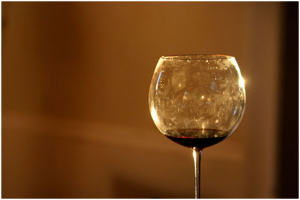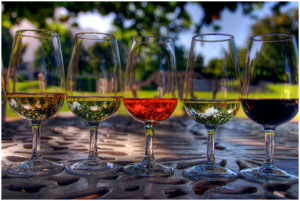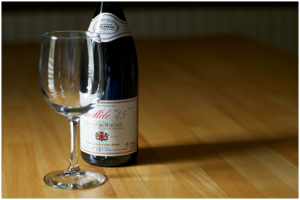Based on a recent report, it looks like the wine market is going through a serious scarcity. Does that mean it’s the end of fine wine investments? Last year, the international supply barely exceeded demand, which can only mean a shortage is closer than we expected. Rumor has it that now it’s the best time to invest big; otherwise, you’ll end up paying more for wine in the long wrong. To some extent, the allegations are accurate. Yet, that certainly doesn’t mean it’s the end of venture wine.
Investing in wine – a statistical analysis
Analysts are mentioning that the wine shortage is happening even if there are millions of international wine producers who make about 2.8 billion cases annually. Almost half of that wine originates from Europe. Is that enough to keep up with demand? Last year, the global production fell by over 5% because of really bad weather conditions in Argentina and France. In Europe, the production dropped by 10% in 2012, and that same year the consumption rose with 1%. Does that mean that if you want to invest there’s no wine to invest in? The answer is debatable.
Most wine consumers are French, followed by the American people and the Chinese. Surprisingly, wine has started to be extremely popular in China; as their economy booms and the quality of life rises, the demand for fine wine will also increase. The United States consumes 12% of the global wine but it can only produce 8%. The industry is also growing but most traders are “exclusive boutiques” and not mass producers. Simply put, they can cope with the global growth.
The good news
After an exceptionally frail wine harvest back in 2012, 2013 was surprisingly prolific. The production is rising and that means prospects for future investments are extremely promising. By 2016, China and the US will have consumed more than 400 wine cases. So the logical question is: who’s going to supply all that wine? We still don’t have a clear answer to that question, yet some experts are positive.
The Wine Investment Fund made some sensible predictions, and apparently the Liv-ex 100 ended 2013 with 14pc above the numbers estimated in 2012. The members of the Liv-ex index marketplace are made of expert buyers, connoisseurs, and fine wine sellers who know exactly what they’re doing. In 2012, the Liv-ex 100 index ended with 9.6pc, so the 14pc in 2013 somehow brings great expectations for 2014 as well.
Future prospects
Some investors fear that inflationary effects (money printing, low interest rates) will affect their investments. Just like gold, fine wine is better known as a physical asset. Hence, it is immune to inflation rates and its general value can’t be eroded by governmental actions. Fine wine is likely to grab attention in case inflation concerns suddenly amplify. The 2013 wine harvest has ended, and European growers are claiming they’re pleased with the profits.
In France, the volume rose by 7% and in Spain the output soared by 23%. The European Union’s most recent member in the fine wine market is Croatia who contributed with to the overall figure with 1.4 million hl. Both Hungary and Romania brought some notable contributions as well. It’s surprising how some Eastern European countries – once considered not that important in the wine market – are now grabbing all the attention. There’s definitely some hope as far as the wine supply is concerned, and although the global production is going through a serious shortage, this doesn’t mean there will be no wine to invest in.
If you’re thinking to invest in fine wine, the key to making a profit is to be smart and always expect the unexpected. If you’re not a connoisseur, ask for help, and prior to making huge investments, get to know the market. The key to making good profit is to stay informed and have patience. You’ll see great returns in about 3 to 10 years (the longer you wait the better), yet for that to happen the wine you bought must be stored properly. Excellent storage conditions, proper temperature levels, and constant monitoring of the wine market are all important attributes you can’t ignore if you want your investment to pay off.
Tags: 3-10 year time horizon for wine investing, alternative assets, alternative investments, chinese consumer demand for fine wine, croatian wine production, eastern europe producing wine, eastern european wines, french wine consumers, global wine consumption trends, global wine production trends, global wine shortage, hard assets, hungarian wine production, importance of storage conditions and temperature control for wine investing, investing in a pleasurable hobby, investing in fine wine, investing in hard assets, investing in physical assets, investment, LIV-EX Index, making money from a pleasurable hobby, other valuable liquid assets, patience in wine investing, rising global wine consumption, romanian wine production, tips on wine investing, wine as a inflation hedge, Wine index, wine investment, wine investment fund, wine market
 Oxstones Investment Club™
Oxstones Investment Club™

